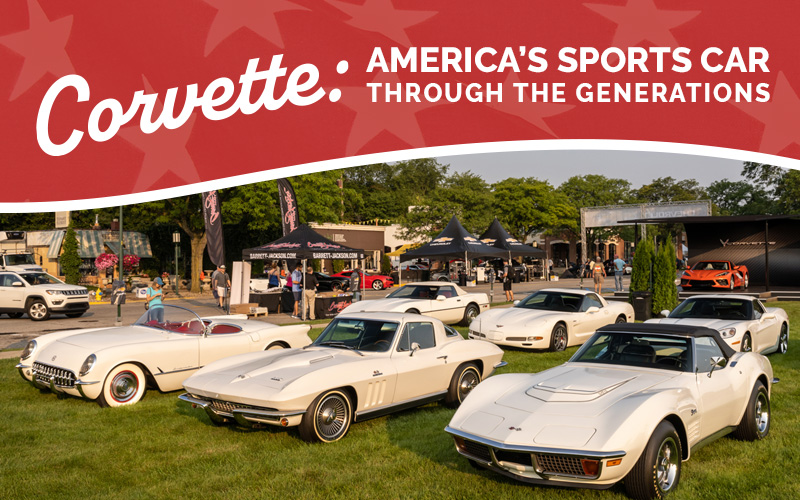It hasn’t always been America’s only sports car, but the Chevrolet Corvette stands alone as the longest-running and most distinguished two-seat vehicle in domestic automotive history. Now on its eighth generation, the ‘Vette has changed with the times while maintaining focus on a single mission: competing against the best sporting vehicles the world has to offer. We’ve put together a quick guide to all eight generations of Corvette. Chances are your favorite model is in here, too.
The First Generation of Corvette (C1) 1953-1962
From the moment the world saw the Corvette at the 1953 Motorama show, it was obvious that GM conceived and styled a brilliant sports car in a European manner. The first two model years of the Corvette were more show than go thanks to the solely available “Blue Flame” inline six with Powerglide automatic powertrain. Starting in 1955, however, improvements came thick and fast. First up was the availability of a 265-inch small-block V-8 and three-speed manual transmission. Next was a restyle to emphasize the Corvette’s new muscle, along with roll-up windows.

By 1962, the platform’s final year, it was possible to get 360 horsepower and fuel injection. Corvettes were racing in Europe as well as in the United States. Any concerns about lack of power or serious sporting intent had been thoroughly remedied. There was just one little problem: Jaguar’s E-Type had shocked the market with a massively popular fixed-roof model that redefined the grand-touring automobile. Did Zora Arkus-Duntov and the Corvette team have an answer to the fast and fluid Jag?
Setting the Standard with the C2 Corvette 1963-1967
With the 1963 Stingray, the Corvette settled into a dynamic that would, with a few exceptions, persist for the next sixty years: you could now have your American sports car as a comparatively relaxed convertible or a focused and frenetic closed coupe. While the second-generation Corvette was the shortest-lived car to bear the crossed-flags logo, it arguably did more work than any other to enshrine the brand into the American consciousness.
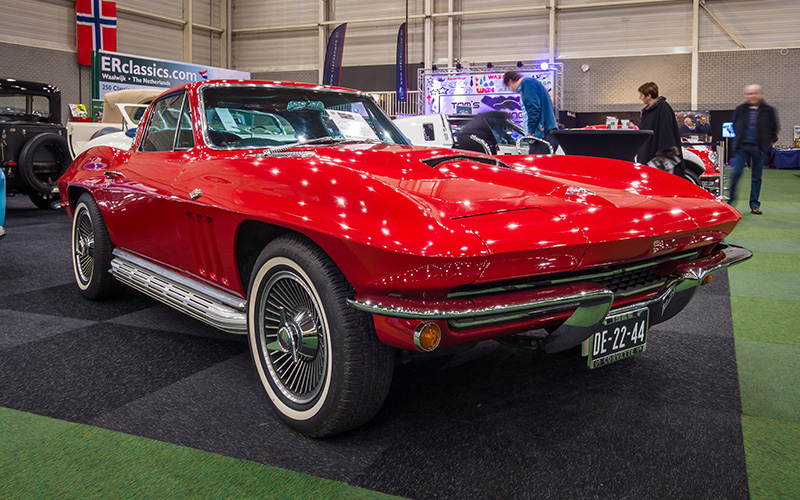
Two road-racing-focused variants, the exotic Z06 and ultra-rare Grand Sport, helped establish an international reputation for the car as well. Adding big-block options to the engine list gave the Vette a a side gig as a champion drag racer of both street and strip. Let’s not forget the fact that the Stingray’s hidden headlamps started a trend that would end up reaching as far as Honda Accord sedans before fizzling out forty years later. Last but not least, the move to independent rear suspension signaled to the world Chevrolet was serious about competing with the European superstars; which the C2 easily had done.
The Boulevardier 1968-1982
Mechanically similar to its predecessor, the C3 Corvette nonetheless broke new ground with outrageous styling and a series of even stouter big-block engines topping out at 454 cubic inches. Sadly, the party couldn’t last in an era of emissions restrictions and new safety regulations, and Chevrolet was more successful at addressing the latter than the former. New urethane bumpers, introduced over the course of two model years, made the seven-year-old 1975 Corvette look somehow brand-new and unashamedly futuristic.
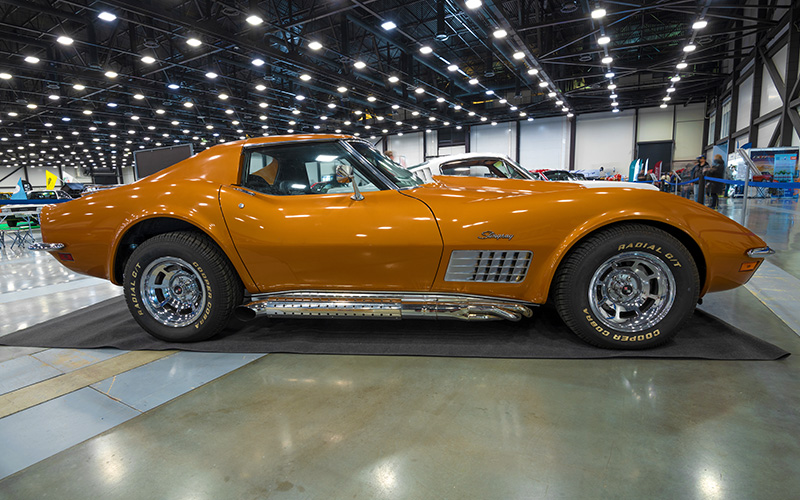
The news wasn’t as good in the powertrain department, where the disappearance of big-block options and relentless smog-strangling of the standard 350 ci V-8 kept turning down the wick on the Corvette’s pace. The 1980 Corvette was sold in California with a 305ci engine and mandatory three-speed automatic. By then Chevy’s sports car had acquired a new mission in life as boulevardier for a newly upscale Baby Boomer generation.
To its credit, the third-generation Corvette continued to improve until the end, with the fuel-injected, hatchback-equipped Collector’s Edition cars finding a devoted buyer base both then and now. It was the last time in history that Corvettes wouldn’t have a serious competitive focus, as well. Going forward, speed would match and occasionally trump style in the list of priorities.
Return of the Racer 1984-1996
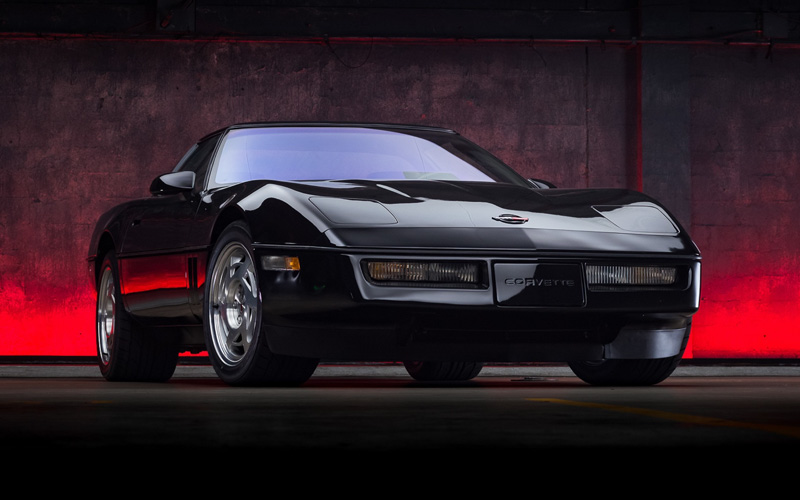
Frustrated with the third-generation Corvette’s reputation as little more than a two-seated Cadillac, Chevrolet turned the dial all the way to “club racer” for the C4 Corvette’s delayed debut in 1984. The early examples are almost race cars for the street in everything from their massive door sills to the punishing suspension of the Z51 variant. It might not have had the straight-line pace of a 911 Turbo, but the 1984 Corvette was a match for anything in the world on a skidpad or autocross course.
The improvements started immediately and never really stopped, with a better fuel-injection system in 1985, a six-speed transmission in 1989, and the revamped LT1 small-block immediately afterwards. A collaboration with Lotus and Mercury Marine resulted in the ZR-1, which challenged the Ferrari Testarossa and Lamborgini Countach for outright pace while still offering a manufacturer’s warranty. If you weren’t stressed about that warranty, Reeves Callaway could turbocharge your C4 Corvette to 200 mph and beyond.
Interest in the fourth-generation Corvette stayed strong until the end, bolstered by the LT4’s six-speed combination in runout Grand Sport and Collector’s Edition models. But that wasn’t the only reason that Corvette sales were so strong during this time. The return of the convertible after a decade-long absence had the faithful opening their wallets over and over again.
Shock and Awe 1997-2004
It almost didn’t happen. In fact, getting the Corvette to a fifth generation in an era of corporate cutbacks required everything from volunteer assistance on the part of fanatical engineers to a little bit of “creative accounting” on the part of Corvette team members who didn’t have money for a pre-production car at a critical juncture in the approval process. It was touch-and-go right up to the end…but once the bigwigs gave the go-ahead, the resulting car shocked the world. It did everything better than its fourth-generation predecessor, being faster and lighter and more comfortable and more modern-looking and just plain better.
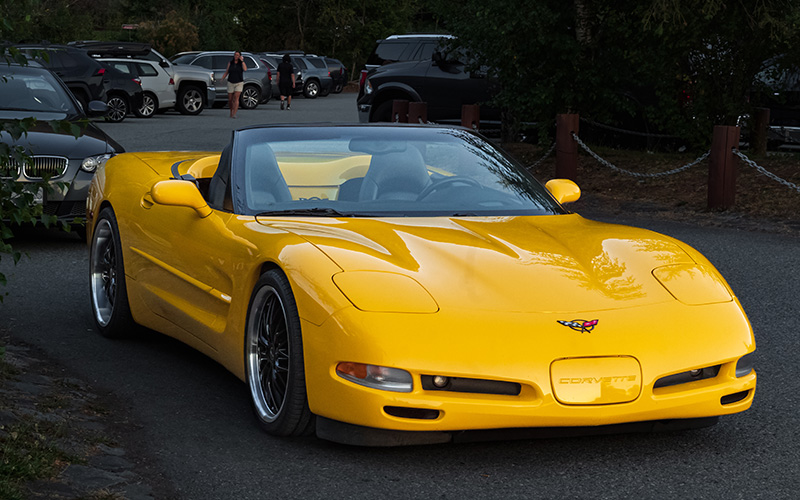
From its debut, it was obvious that the C5 Corvette could use more power and focus, which it received with fixed-roof-coupe and Z06 models. As a convertible, the fifth-generation Corvette was a relaxed joy to drive; as a Z06 coupe, it was still capable of winning a NASA National Championship nearly a decade after its debut. It’s rare when a car company gets everything right, but the C5 Corvette is arguably an example of just that. Today, it’s a perfect first Corvette for buyers new to the brand. Just don’t be surprised at how well it keeps up with modern cars.
The Supercharged Generation (C6): 2005-2013
Denied funds for a complete clean-sheet redesign, Corvette engineers nonetheless moved the sixth-generation Corvette significantly ahead of its predecessor. With more wheelbase and less overall length, the C6 looked tidier and more “international”, although the loss of hidden headlamps was widely lamented among brand loyalists. A 6-liter LS2 small-block kept the Vette in the hunt with the exotics of the day, and the 6.2-liter LS3 that arrived in 2008 offered a full 430 horsepower.
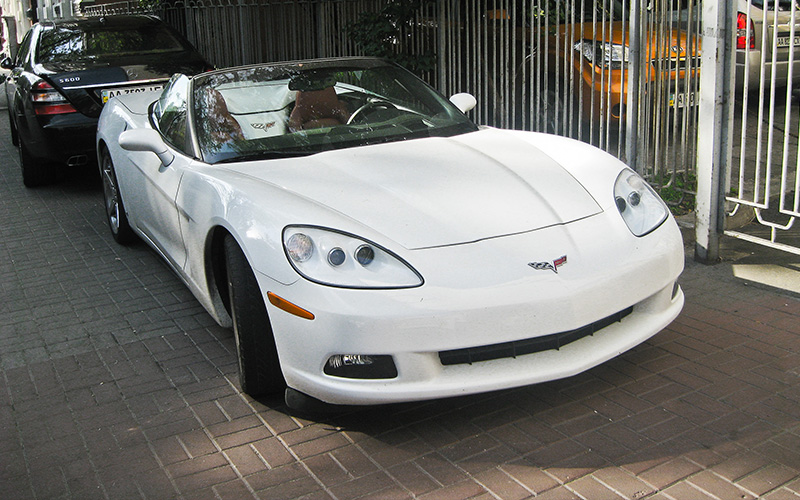
Two special-edition cars furthered the Corvette’s international sporting reputation: the 505-horse, high-revving Z06 and the 200-mph supercharged ZR1. The Z06 in particular showed how serious Chevrolet was about making the world’s best sports car, being both more powerful than the base model and lighter thanks to additional aluminum components. Buyers who wanted racetrack focus without the Z06 price tag could choose the sublime Grand Sport, which married a more competent chassis with the more than strong enough LS3. If you wanted Z06 pace with a convertible top, there was the “427” convertible.
It seemed unlikely that Corvettes could get any faster than the C6 ZR1, which could keep up with twelve-cylinder exotics from Ferrari and Lamborghini. The challenge would be to match the competition in other areas, from fit and finish to novice-friendly track handling.
The Seventh Revelation (C7): 2014-2019
The final front-engine Corvette was an utter eye-opener to all who drove it. Finally, a Corvette that could compete with the Europeans on interior quality as well as outright pace! A new “LT1” engine split the difference between the old base model and the sixth-generation Z06; you could get it with a seven-speed manual transmission. Track rats could choose the “Performance Data Recorder” that made a video recording of your lap complete with throttle position, lateral g, and speed.

The C7 Corvette Z06 was a big departure from its predecessors, relying on a supercharger to make 650 horsepower. For the first time, it was available with a convertible top, an automatic transmission, or both. Purists scowled, while customers ordered.
A Grand Sport model, available in three levels of aerodynamic and suspension performance, solidified the C7’s claims to greatness – but it was the return of the ZR1 near the end of the C7’s model run that really raised eyebrows. It wasn’t cheap, but if you compared it to the Ferraris and McLarens that it could effortlessly dispatch around a road course, it was a screaming bargain. Plus you could get it as a convertible!
America’s Mid Engine Sports Beauty 2020-present
The C8 Corvette debuted in 2020 with an entirely new mid-engine design. The idea of a mid-engined Corvette isnt a new one; in fact, the Corvette’s headstrong godfather, Zora Arkus-Duntov, debuted a mid-engine design with the XP-882 concept in April of 1970. Neither the four-rotor Wankel engine of the XP-882 nor its position behind the driver’s seat would survive the typical General Motors “penny pinching” of the Seventies. Also the undoubted excellence of the C4 Corvette seemed to suggest that no major changes would be necessary to keep America’s sports car at or near the front of the pack.
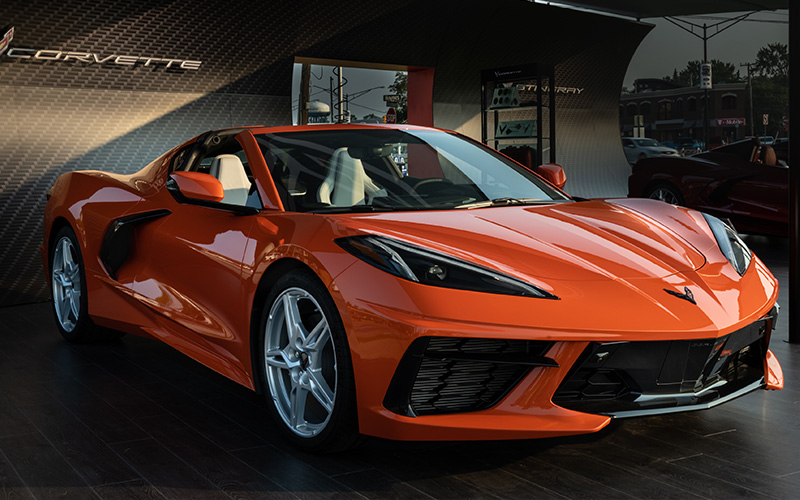
In the end, it was stoplight drag racing that made the case to take the Corvette mid-engined. As the power of GM’s small-block V-8 climbed, the available traction didn’t keep pace. Moving the V-8 behind the seats put more weight and more traction on the rear wheels, resulting in a car that went faster without a significant increase in horsepower.
Customer reception has been more than mildly positive. Four model years after the C8’s debut, it’s still very hard to get one. An innovative folding-hardtop convertible has fanned the flames of buyer interest, and a new 650-hp naturally-aspirated Z06 will take the fight to Ferrari and McLaren.
The future of the Corvette brand almost certainly includes everything from electric SUVs to an “E-Ray” battery-powered take on the current car. In the meantime, the brand is stronger than it has ever been. Was there ever really any such a thing as a “bad” Corvette? Maybe not – but today’s cars are better than ever.
